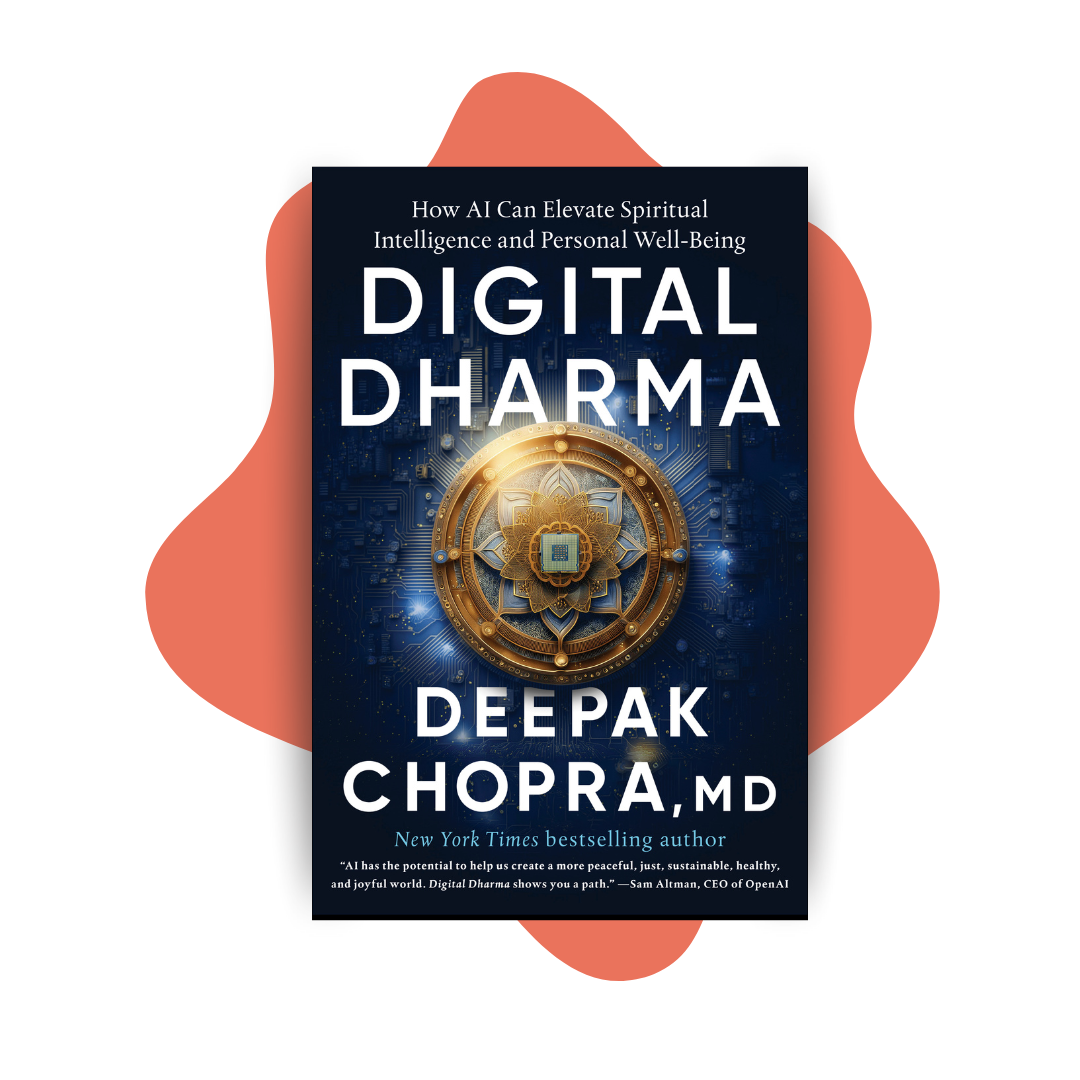Is the Metaverse the New Hope for Mental Health?.
When your mind and heart are truly open abundance will flow to you effortlessly and easily.
The need for advances in mental health is growing, and the problems are reaching more people than ever. No one would be shocked to hear that nearly 30% of Americans have seen a therapist during the pandemic, according to one online survey. “Those most likely to seek help include victims of layoffs or furloughs (46%), Gen Zers (39%) and millennials (37%), and men (34%).” The survey, by ValuePenguin, reflects a critically stressful time. But this spike in numbers isn’t adequate to represent the number of people in mental distress that is either temporary or chronic. According to a poll conducted by the American Psychiatric Association, more than half of parents are worried about their children’s mental well-being.
Despite the current crisis, there have been no significant advances in mental health in recent decades beyond drugs and traditional couch therapy. The habit of treating mental distress by pill-popping has become the default approach. But in the forefront of mental health some surprising advances are beginning to gain traction. We are beginning to see promising new interactive technologies rather than new drugs.
Here’s a sketch of what the future might look like. First comes a vast increase in data. Health 4.0 is a newly coined term that centers on using smart machines gaining access to expanded amounts of data so that the machines can make decisions without human involvement.
This is likely to have a huge impact on healthcare, as half the world lacks access to essential health services, according to a report from the World Health Organization and the World Bank. The need is much greater when it comes to mental health, which still remains a taboo subject and a source of shame in many societies.
A potentially huge advance that may surprise many revolves around the metaverse, which Wikipedia defines as a hypothetical iteration of the Internet as a single, universal and immersive virtual world that is facilitated by the use of virtual reality (VR) and augmented reality (AR) headsets defined as the space filled by virtual reality (VR). This technology opens an entirely new approach to the treatment of mental illness and to the maintenance of mental well-being which affects everyone. When connected to VR equipment, a person becomes immersed in an illusory experience (skydiving, walking a tight rope, climbing Mt. Everest) that feels real. So far the main uses of VR have been recreational. But the distorted reality into which patients are plunged by psychosis, hallucinations, and even anxiety and depression, might be effectively reframed with VR.
This approach moves beyond the disease model of mental illness, which has been a huge advance over superstition and shame—yet it nevertheless is still deeply flawed. Catching a cold involves a straight line from a cause (the cold virus) and the effect (getting sick), but in all but rare cases, mental illness has no discernible cause that fits that disease model. There is room to say, as an alternative, that our perception of reality itself has gone wrong. Taking this a step further, what we call normal reality is mind-made and therefore a virtual illusion, one that we just happen to accept without question.
So the promise of the metaverse is to heal one virtual (dysfunctional) reality with another virtual (functional) reality. For example, benefits have been shown in the treatment of PTSD (post-traumatic stress disorder) among veterans back from combat. Their trauma has them stuck, as if frozen by fear, in a situation that has slipped into the past. But by using VR apparatus, the scenes of battle can be virtually re-created, not to impose a second trauma, but to allow the patient to gain control over the present situation, face his fear in a controlled setting with a therapist as guide, and to move at a pace that is slow enough to allow his awareness to expand from its anxious contracted state.
To date, four major research areas in the application of virtual reality have been identified: PTSD, anxiety and fear-related disorders (A&F), diseases of the nervous system (DNS), and pain management. Separate though these conditions may seem, they are actually interrelated. For instance, in the human brain, the circuits that register pain also register anxiety, such that heightened anxiety makes physical pain worse.
Also, using the term” mental health” is a little misleading, since it enforces the artificial separation between the health of the mind and body. For example, , anxiety is a risk factor for cardiovascular disease, and patients with PTSD exhibit an increased state of inflammation that lowers a person’s immunity—PTSD might actually be an immunologic disease. More startling is the connection between disease and how we perceive space and time. Stress-related disorders are thought to be a result, in part, of an individual’s perception of linear time. Therefore, interventions that take you out of conventional space-time like meditation or virtual reality can help.
In the bigger picture, every strong experience is apparently recorded genetically in your DNA’s outer sheath, the epigene. One might see these as physically the wounds of time. The epigenetic effects of stress are strongly associated with chronic diseases such as cancer and cardiovascular disease, which has profound implications for physical health too. How much change and healing can be affected through virtual reality remains to be seen, but the opportunities look endless to advocates of the metaverse.
That’s because the ultimate challenge is to redefine medicine’s role at the junction point where our lives meet reality, whether normal or disordered. In a study the Mayo Clinic recently reported improvements in anxiety, emotional distress, and focus with Reulay’s nature-based virtual reality journeys. The future of health 4.0 is already being built, because Reulay’s platform is modeled to represent extensive data collection. Being virtually exposed to Nature in the metaverse may put at our fingertips just the downshifting of a stressed nervous system that is sorely needed. needed, especially for those who are unwilling or unable to meditate. If meditation can protect genes and prevent cellular aging, then the metaverse with its ability to offer meditation-like, nature-based experiences could potentially do the same. Also, as a scalable form of downshifting, metaverse-based relaxation holds the potential to impact longevity at scale, as regular downshifting has been identified as a key factor in having a longer life according to the Blue Zones project.
All of this is analogous to the success found in using microdoses of psychedelics as a breakthrough in psychotherapy. The dosages are too small to create hallucinations or send the patient on a trip. Rather, the effect is to counter set patterns in the mind/brain. In effect, a person’s default perceptions are challenged by finding a chemical route to affect them. VR is also an alteration of perception and a challenge to default patterns like anxiety and depression. The actual immersion in virtual reality has the potential to offer an embodiment experience to relieve pain, and the ability to alter one’s sense of time and space in VR opens the door for consciousness interventions that have largely been the domain of eastern spiritual practice for many years.
Also, instead of targeting one receptor or a single organ, the metaverse offers the ability to create “network” interventions, where several dimensions such as time, space, color, scenery, and shape can all be explored and then personalized to be specifically effective.
For example, someone with an insect phobia will perceive that insects intentionally target him and that their threat is outsized, causing a life-or-death response. These are distorted perceptions and could be treated at the perceptual level. One might give the phobic person a joystick that allows him in a VR setup to make insects grow very tiny, walk backwards, or stand still. Gaining control in this way bypasses, and hopefully heals, a distorted perception that has been frozen in the mind/brain as a default panic response.
The metaverse guides us past the notion that mind, body, and spirit are separate. A recent study of Transcendental Meditation (TM) demonstrated that in long-term meditators, 49 genes associated with inflammation were downregulated, while genes associated with antiviral and antibody defense mechanisms were upregulated. By extension, it is conceivable that the metaverse could have major benefits for inflammation, immunity, and energy efficiency as well. To show how vastly this might matter, inflammation is already known to play a key role in depression, anxiety, PTSD, bipolar disorder, schizophrenia, and borderline personality disorder, Alzheimer’s disease, cardiovascular disease, stroke, and inflammatory bowel diseases. It is no small thing that the application of VR offers a chance to alter key inflammatory pathways that impact “disease” in the largest sense.
Given the huge numbers of people who do not meditate, and the larger populations that ignore the advice to lower stress, VR already has popular acceptance and a reputation for being a radical immersive experience. Noncompliance, one of the biggest problems in medicine, might have found a solution. Since VR offers the ability to replicate how it feels to transcend (not just in meditation but in our glimpses of joy, bliss, and spiritual epiphany), some futurists foresee a shift in the experience of being human—there is no rational obstacle preventing everyone from finding out what higher consciousness is like, here and now.
Paradoxically, virtual reality offers us a chance to experience our fundamental nature—bliss consciousness—and to reconstruct well-being as being immersed in consciousness right down to our source. Such a possibility has never existed on a mass scale, but now consciousness might be the most viable gateway to a sustainable future, by making it possible for humans to evolve into metahumans.
DEEPAK CHOPRA™ MD, FACP, founder of The Chopra Foundation, a non-profit entity for research on well-being and humanitarianism, and Chopra Global, a whole health company at the intersection of science and spirituality, is a world-renowned pioneer in integrative medicine and personal transformation. Chopra is a Clinical Professor of Family Medicine and Public Health at the University of California, San Diego and serves as a senior scientist with Gallup Organization. He is the author of over 90 books translated into over forty-three languages, including numerous New York Times bestsellers. His 90th book and national bestseller, Metahuman: Unleashing Your Infinite Potential (Harmony Books), unlocks the secrets to moving beyond our present limitations to access a field of infinite possibilities. For the last thirty years, Chopra has been at the forefront of the meditation revolution and his latest book, Abundance: The Inner Path to Wealth (Harmony Books) offers the keys to a life of success, fulfilment, wholeness and plenty. TIME magazine has described Dr. Chopra as “one of the top 100 heroes and icons of the century.” www.deepakchopra.com
Poonacha Machaiah is a global thought leader with unique abilities to combine the wellbeing and technology domains. Among a new breed of social entrepreneurs, he applies his experience from 25 years as a business executive in Fortune 100 companies and entrepreneurial initiatives to address societal and wellbeing challenges. This led him to co-found the Never Alone initiative, as well as launch the Warrior Monk brand targeted at creating a positive societal shift through the compassionate transformation of humankind. He formerly held senior management positions at Nortel, Iridium, Motorola and Sasken.
Srini Pillay, MD, Chief Medical Officer, Chief Learning Officer, Co-Founder at Reulay Inc, Harvard-Trained psychiatrist and brain researcher, McKinsey & Co. Think Tank member, and CEO of NeuroBusiness Group

